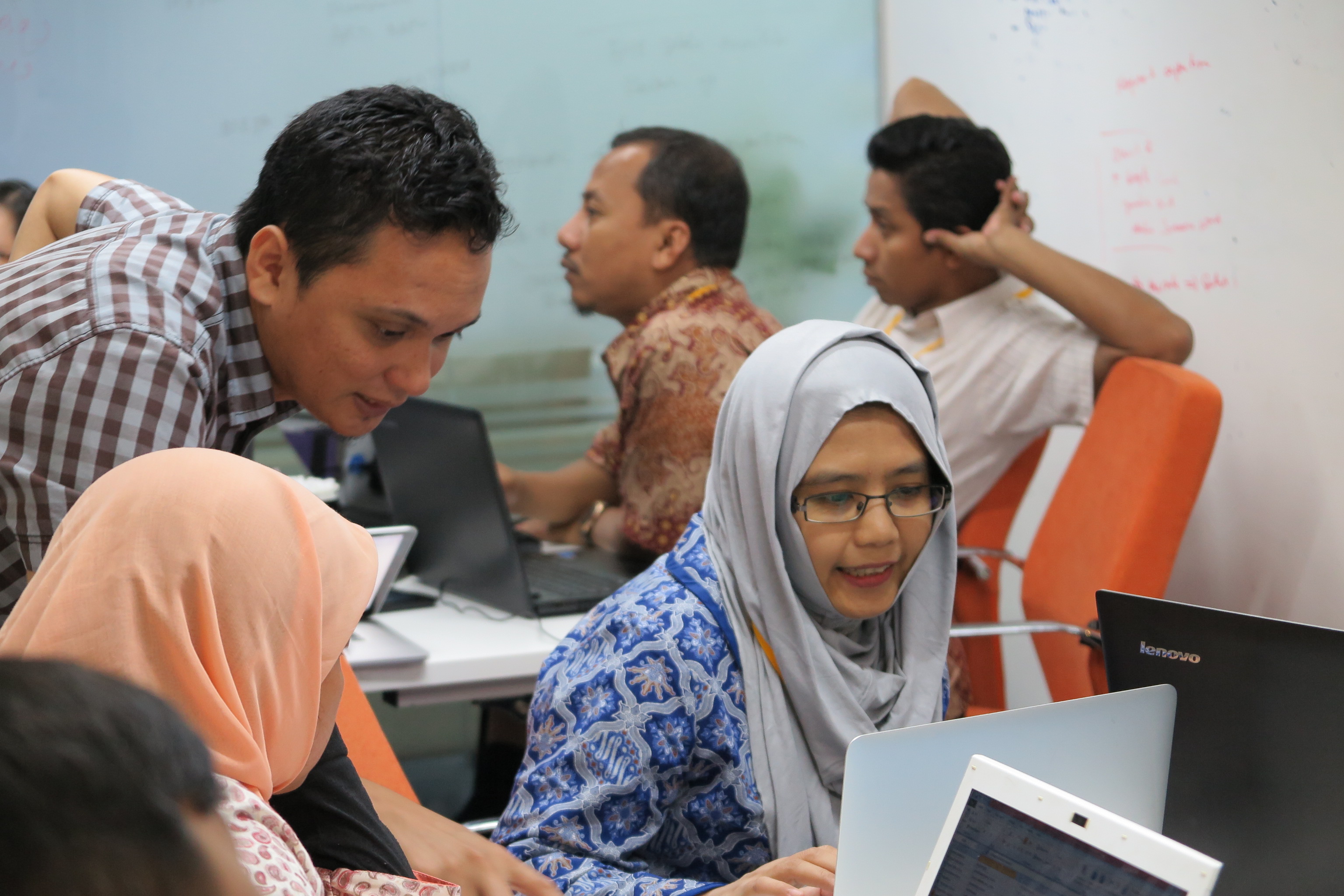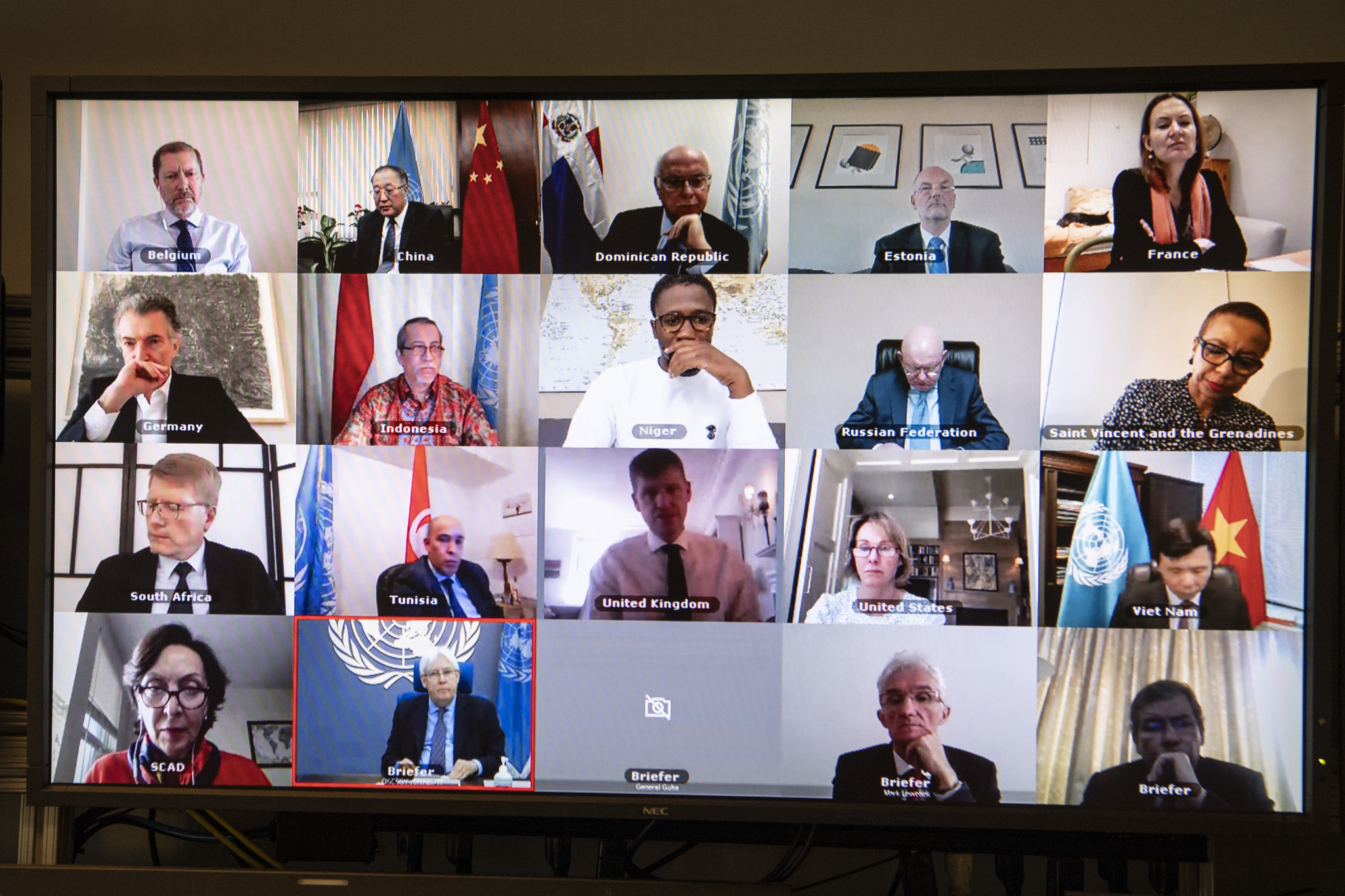Introduction
The world is shifting from analog to digital faster than ever before, further exposing us to the vast promise and peril of new technologies. While the digital era has brought society many incredible benefits, we also face many challenges such as growing digital divides, cyber threats, and human rights violations online.
This report lays out a roadmap in which all stakeholders play a role in advancing a safer, more equitable digital world, one which will lead to a brighter and more prosperous future for all.
The implementation of the Secretary-General¡¯s Roadmap is led by the Office of the Envoy on Technology.

UNITED NATIONS SECRETARY-GENERAL
ANT?NIO GUTERRES
8 Key Areas for Action
Based on recommendations from the Secretary-General¡¯s High-level Panel for Digital Cooperation convened from 2018-2019, and further informed by a series of roundtable discussions with key stakeholders from Governments, the private sector, civil society, international organizations, academic institutions, the technical community, and other relevant stakeholders, the following set of actions are envisaged:Achieving universal connectivity by 2030
Promoting digital public goods to create a more equitable world
Ensuring digital inclusion for all, including the most vulnerable
Strengthening digital capacity-building
Ensuring the protection of human rights in the digital era
Supporting global cooperation on artificial intelligence
Promoting trust and security in the digital environment
Building a more effective architecture for digital cooperation

© World Bank/Tom Perry

© World Bank/Tom Perry
Global Connectivity
Achieving universal connectivity by 2030
Half of the world¡¯s population currently does not have access to the Internet. By 2030, every person should have safe and affordable access to the Internet, including meaningful use of digitally enabled services in line with the Sustainable Development Goals.

© ITU/S.Acharya
Digital Public Goods
Promoting digital public goods to create a more equitable world
We must undertake a concerted global effort to encourage and invest in the creation of digital public goods: open source software, open data, open AI models, open standards and open content. These digital public goods should? adhere to privacy and other applicable laws and best practices, do no harm, and help attain the SDGs.

© ITU/S.Acharya

© World Bank/Simone D. McCourtie

© World Bank/Simone D. McCourtie
Digital Inclusion
Ensuring digital inclusion for all, including the most vulnerable
Digital divides reflect and amplify existing social, cultural and economic inequalities. The gender gap in global Internet use is a stark example ¨C in two out of every three countries, more men use the Internet than women. Similar challenges affect migrants, refugees, internally displaced persons, older persons, young people, children, persons with disabilities, rural populations, and indigenous peoples. We must close these gaps through better metrics, data collection, and coordination of initiatives.

© Pulse Lab Jakarta
Digital Capacity-Building
Strengthening digital capacity-building
Many countries and citizens are deprived of?capacities and skills crucial to the digital era and to attaining the SDGs. Digital capacity building must be more needs-driven and tailored to individual and national circumstances, and better coordinated globally.

© Pulse Lab Jakarta

© Unsplash/Charlotte Butcher

© Unsplash/Charlotte Butcher
Digital Human Rights
Ensuring the protection of human rights in the digital era
Digital technologies provide new means to exercise human rights, but they are too often used to violate human rights. Regulatory frameworks and legislation on the development and use of digital technologies should have human rights at their centre. Data protection, digital ID, the use of surveillance technologies, online harassment and content governance are of particular concern.

© Unsplash/Robynne Hu
Artificial Intelligence
Supporting global cooperation on artificial intelligence
AI brings enormous benefits to the digital era, but it can also significantly compromise the safety and agency of users worldwide.? Enhanced multi-stakeholder efforts? on global AI cooperation are needed to help build global capacity for the development and use of AI in a manner that is trustworthy, human rights-based, safe and sustainable, and promotes peace.

© Unsplash/Robynne Hu

© Unsplash/Markus Spiske

© Unsplash/Markus Spiske
Digital Trust & Security
Promoting trust and security in the digital environment
The digital technologies that underpin core societal functions and infrastructure, including supporting access to food, water, housing, energy, health care and transportation, need to be safeguarded. A broad and overarching statement outlining common elements of an understanding on digital trust and security, endorsed by all Member States, could help to shape a shared vision for digital cooperation based on global values.

© UN Photo/Eskinder Debebe
Global Digital Cooperation
Building a more effective architecture for digital cooperation
There are significant gaps in global digital cooperation, and digital technology issues are too often low on political agendas. Even where there has been cooperation, it is frequently fragmented and lacks tangible outcomes or sound follow-up processes. As a starting point, the Internet Governance Forum must be strengthened, in order to make it more responsive and relevant to current digital issues.

© UN Photo/Eskinder Debebe
Internet Explorer is not compatible
For a better experience, visit this website with Microsoft Edge, Firefox, Chrome or any mobile device
Continuez


